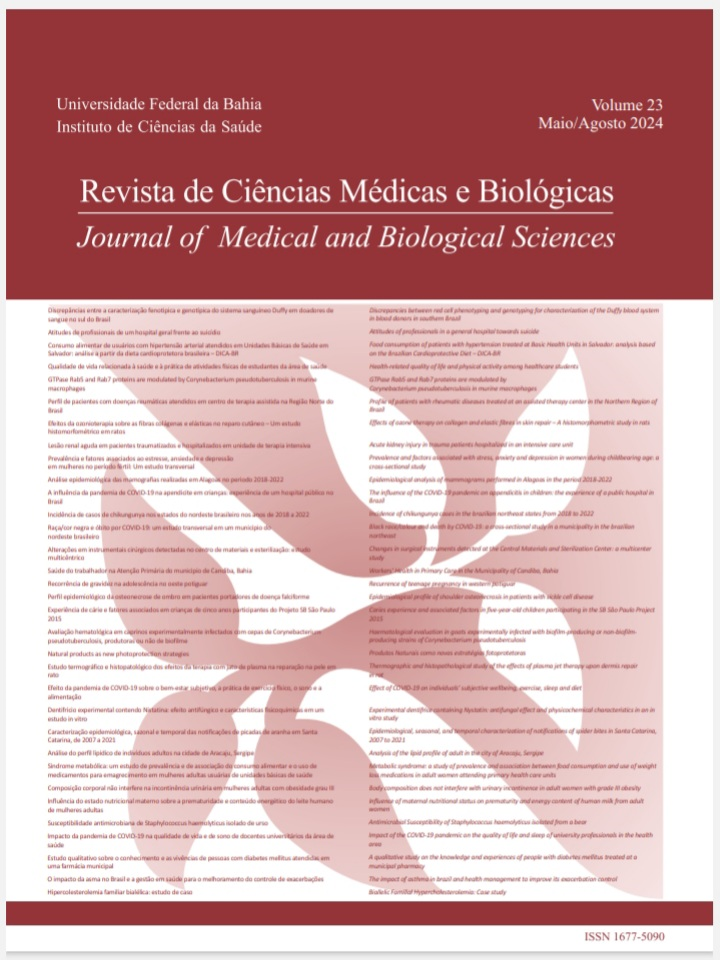Epidemiological, seasonal, and temporal characterization of notifications of spider bites in Santa Catarina, 2007 to 2021.
DOI:
https://doi.org/10.9771/cmbio.v23i2.57257Keywords:
Spider Bites, Animals, Poisonous, Health Information SystemsAbstract
Introduction: Arachnidism is a global public health problem and has been showing a trend of growth in Brazil, with its southern region being the most affected. Objective: To describe spider bite notifications between 2007 and 2021 in Santa Catarina and analyze their seasonal and temporal distribution. Methods: Data on spider bite accidents, including sex, age group, month and year of occurrence, case progression, victim's education level, time until medical attention, severity of the bite, and spider classification were obtained from the Information System of Notification Diseases. Results: There were 80,960 spider bites recorded. The temporal distribution was relatively homogeneous. A defined seasonal pattern was found, with peaks of araneism occurring in the warmer months. Most of the victims were female. Among the identified spider genera, Loxosceles had the highest number of records. Conclusion: This study revealed a concerning situation for Santa Catarina, which now has the highest incidence of spider bites in Brazil
Downloads
Downloads
Published
How to Cite
Issue
Section
License
Copyright (c) 2024 Journal of Medical and Biological Sciences

This work is licensed under a Creative Commons Attribution 4.0 International License.
The Journal of Medical and Biological Sciences reserves all copyrights of published works, including translations, allowing, however, their subsequent reproduction as transcription, with proper citation of source, through the Creative Commons license. The periodical has free and free access.


